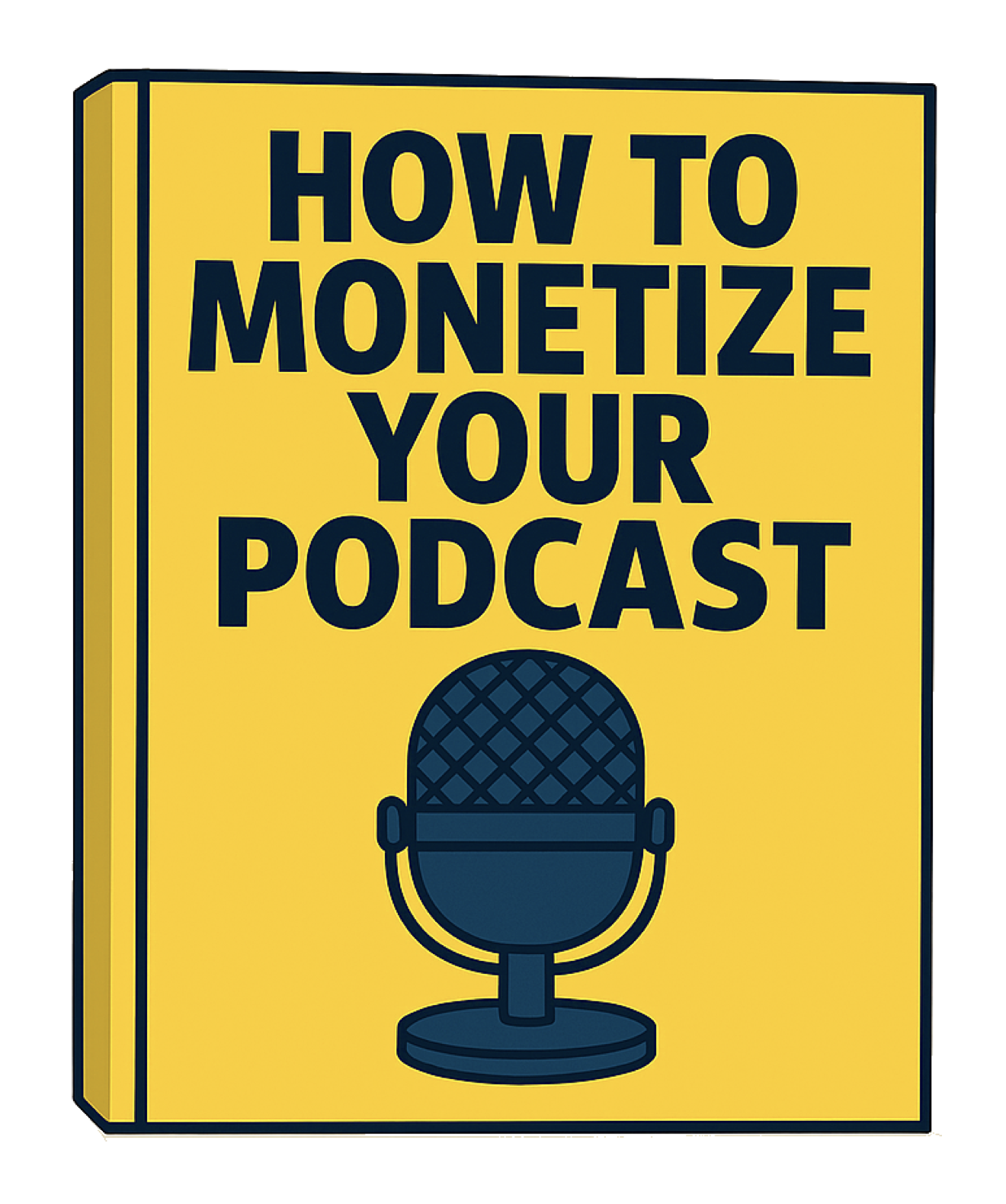Download Your FREE
Podcast Monetization Blueprint
|
|
 |
Learn how to grow your audience, drive traffic, and turn your podcast into a money-making machine — even if you’re just starting.
- ✅ 32+ Proven Monetization Strategies
- ✅ BONUS: 2-Part Video Training Included
- ✅ Learn How to Use Google & Trends to Get Traffic
- ✅ Real Examples, Keyword Tools & Case Studies
The information provided through our program, software, videos, and website is true and accurate to the best of our knowledge. However, we do not and cannot guarantee results or income—your success depends entirely on the effort, consistency, and action you put in.
While some of our users and students have seen great success, many do not achieve results, often due to lack of follow-through. We’re here to share strategies, tools, and guidance—but it’s up to you to apply them.
We do not offer guarantees of income, predictions of future earnings, or professional legal, medical, or financial advice. Any income examples or figures shared are illustrative only and should not be taken as exact, typical, or promised earnings.
Please use good judgment when marketing online. Consult a qualified professional for legal, tax, or business advice when needed. This is a training resource, not a business opportunity. How you apply what you learn is your responsibility.
Bottom line: This works—if you work it. If you put in the effort to follow the plan, I’ll do my best to support you every step of the way.